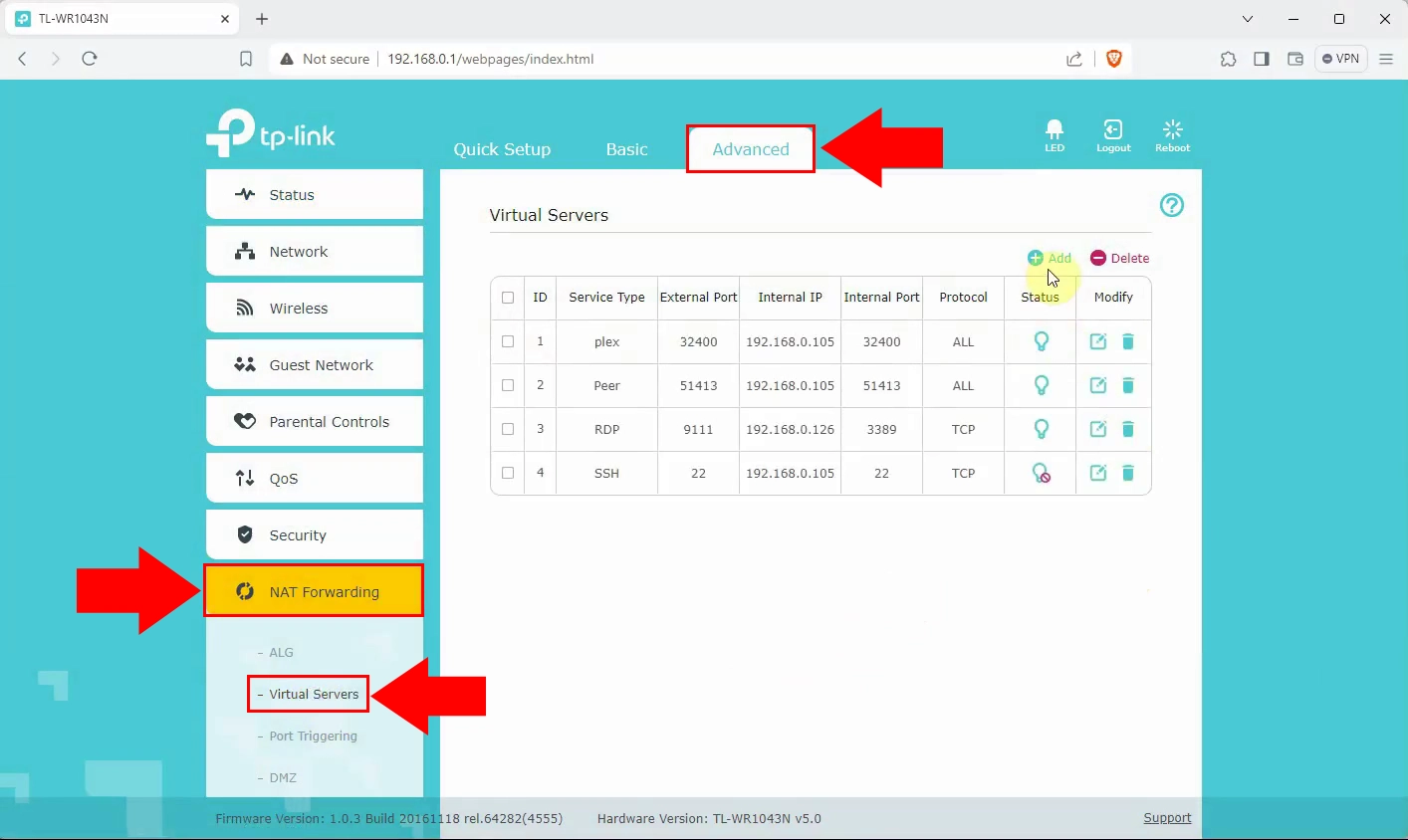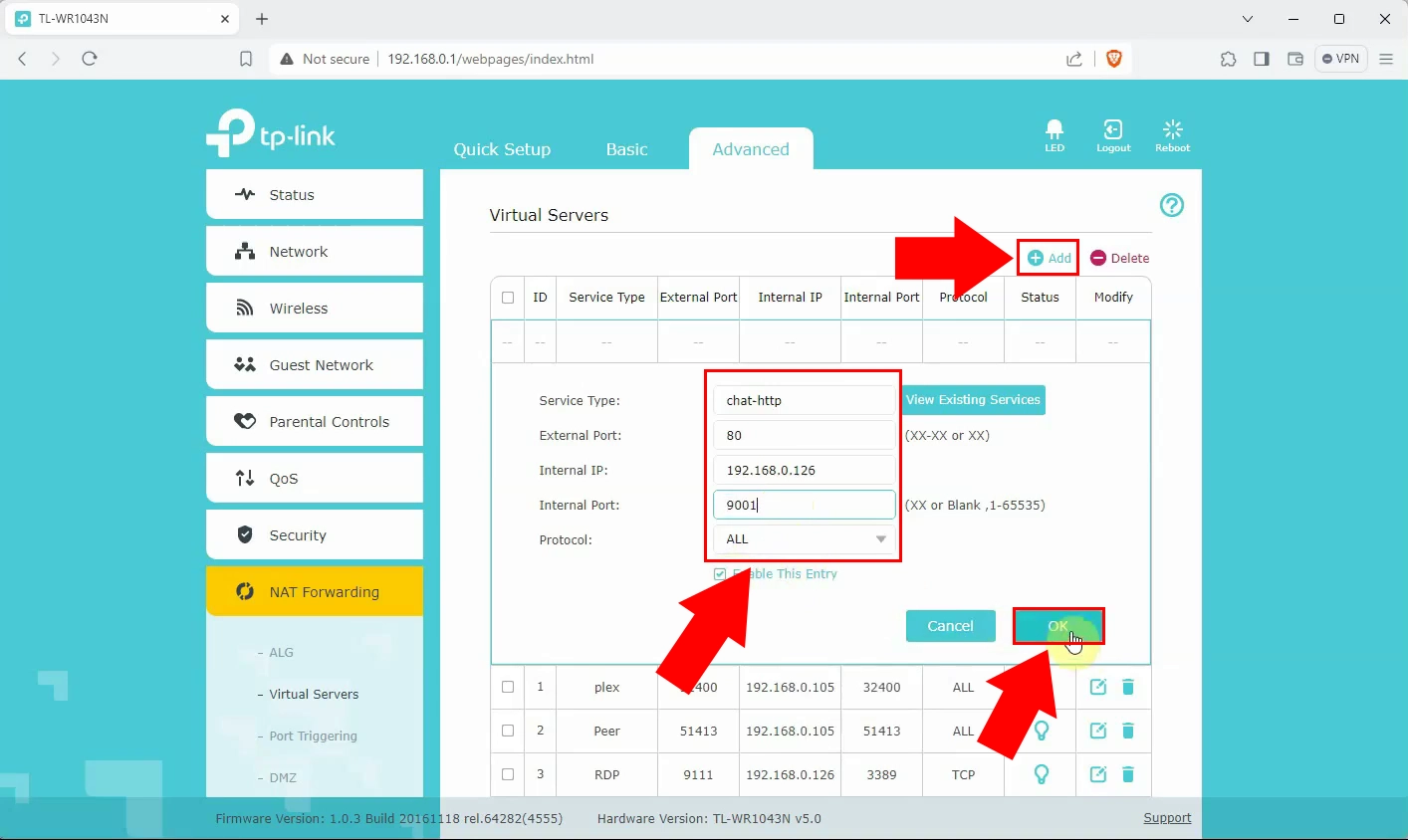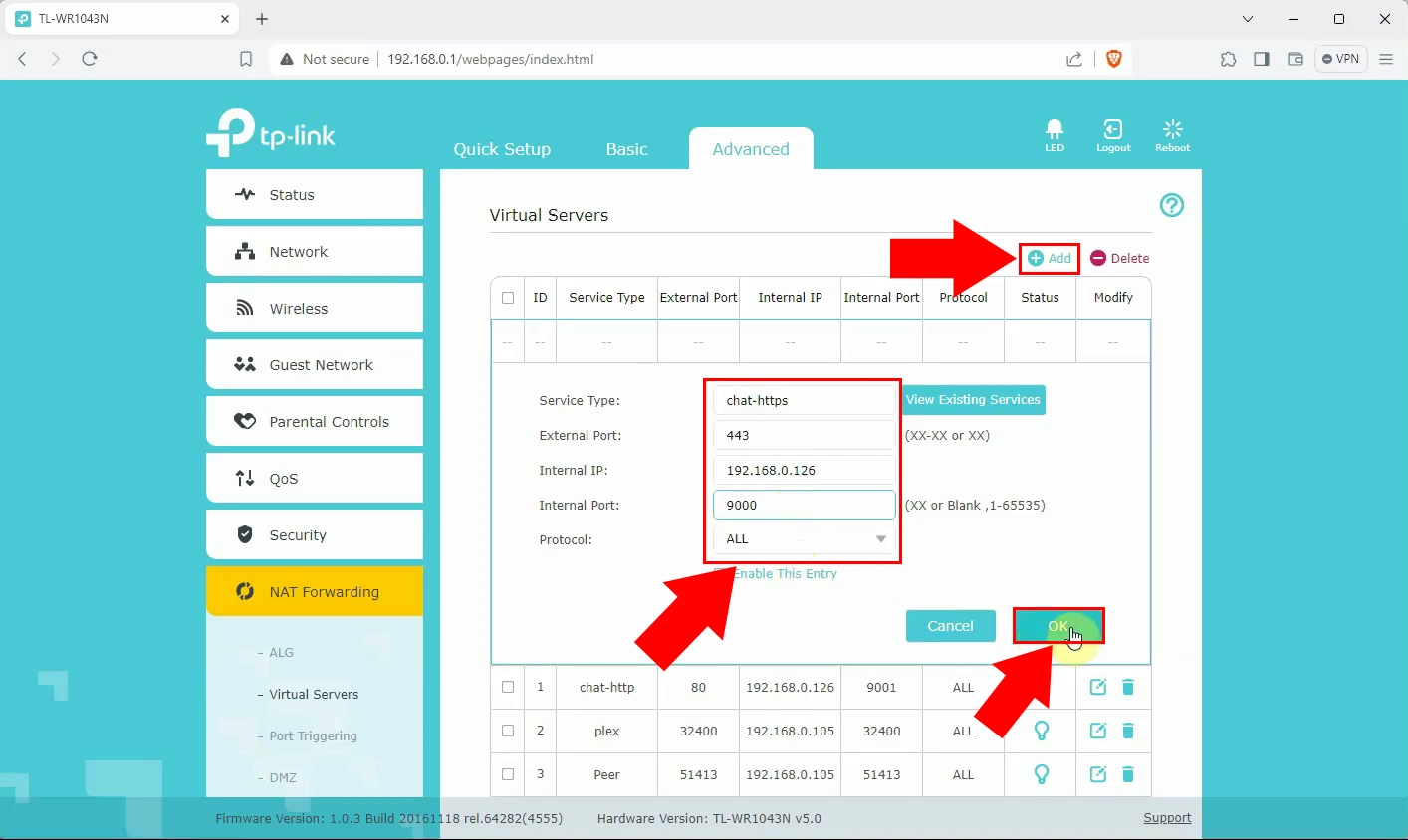How to setup port forwarding on a TP-Link router
Port forwarding is like opening a door in your router to let outside devices talk to specific devices inside your home network. Knowing how to set up port forwarding on a TP-Link router is crucial for making your network work better. Whether you want to play games with friends online, run a website, or control your home computer from afar, getting port forwarding right means everything gets connected smoothly. In this guide, we will show you exactly how to set up port forwarding on your TP-Link router, step by step.
How to setup port forwarding on a TP-Link router (Video tutorial)
In this short, easy-to-follow video tutorial we are going to show the most vital steps that are required for you to take in order to be able to set up port forwarding on a TP-Link router. The guide starts with logging in with the correct username and password combination. By the end of this video guide, you will be able to add a new HTTPS forwarding rule to your virtual server.
How to setup port forwarding on a TP-Link router (Step-by-step tutorial)
To be able to begin the process, the first step that is required for you to take is to log into your TP-Link account. As is demonstrated in Figure 1, when you are inside, you need to navigate to the menubar and select the 'Advanced' option. Now from the sidebar click on 'NAT forwarding' and open the 'Virtual Servers' menu from the drop-down list.

Within the 'Virtual Servers' page you need to click on the 'Add' sign in the upper right corner of the page to be able to add a new HTTP forwarding rule. You will have a section to fill out with all the required information connected to the new forwarding rule. You have to enter the name of the 'Service Type'. As you can see in Figure 2 it is also required to type in the 'External Port', the 'Internal IP' and the 'Internal Port' numbers. Make sure that the 'Protocol' type is set to 'All' and do not forget to enable this entry by ticking the box. When you are done, hit the 'OK' button to save changes and add the new HTTP forwarding rule.

In this step, almost everything is similar to the ones we did previously. Navigate to the 'Add' title in the upper right corner to add a new HTTPS forwarding rule. Give your 'Service Type' a name. As you can see in Figure 3, the only difference in this step is that here you need to enter different 'Internal Port' and 'External Port' numbers. Do not forget to check if the 'Protocol' type is set to 'All' and also make sure that you have enabled this entry by ticking the box. Give the 'OK' button a click once you are done.

Frequently Asked Questions (FAQs)
What is port forwarding?
Port forwarding is a method in networking that lets devices from outside a network reach services or apps hosted on devices inside that network.
Can I use port forwarding for multiple devices?
Sure! Most routers let you do port forwarding for many devices. You can create different port forwarding rules for various services or apps on different devices in your network.
Do I have to have a static IP address for port forwarding?
Having a static IP address makes port forwarding easier, but it is not always needed. Some routers have dynamic DNS services, so you can reach devices with changing IP addresses using a domain name.
Does the type of router affect port forwarding?
Yes, different routers might look a little different and have different options for setting up port forwarding. To get it right, make sure to check the instructions or manual for your specific router model.
Summary
Understanding how to set up port forwarding on a TP-Link router is essential for enhancing your network's capabilities. It enables external devices to reach services hosted on devices within your home network, like web servers or gaming servers. Properly configuring port forwarding ensures that incoming internet traffic is directed to the right device, boosting productivity and convenience. Mastering this process contributes to maintaining network security. Use our guide to learn how to set up port forwarding effectively on your TP-Link router and maximize your network's potential.

